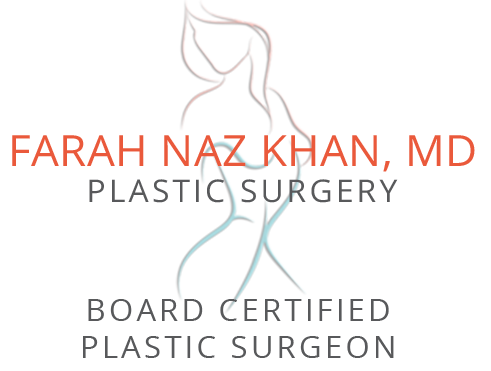
Model, not actual patient.
Nasal fractures occur in almost 40 percent of all bone injuries in cases of trauma to the face. The treatment commences with primary care.
This involves an assessment of the extent of the injury, establishing the reasons for the injury, and evaluating the nasal and facial condition before the injury.
Types of Nasal Fractures
There are different types of nasal fractures. Some nasal fractures can lead to problems in breathing, or a crooked or deformed nose if left untreated. The patient can sustain a fracture in any area in the nasal “bony pyramid” which is the pyramid-shaped bony structure that projects out from the face.
Different types of osteotomy (the practice of resetting and rejoining bones) are used to repair different types of nasal fractures.
Greenstick Fracture
Greenstick fractures occur along the edges of the nasal bones. These types of fractures are seen mostly in children whose bones are softer and still developing. A child’s bones are very flexible. Therefore, Greenstick fractures are usually partial instead of completely fractured bones.
Saddle Deformity
These nasal fractures are more severe which may lead to the nasal bridge and septum collapsing and becoming concave into the face. This leads to the formation of a saddle-like shape which is noticeable when the face is seen in profile.
This deformity manifests because of acute facial trauma or even due to the disintegration of cartilage after prolonged snorting of drugs. The treatment in such cases will require the rhinoplasty surgeon to use rib bone tissue from the cartilage or a donor to recreate the bridge and septum.
Comminuted Fracture
Comminuted fractures occur when the bone breaks into three or more pieces. The rhinoplasty surgeon will take out the small bone pieces which can lead to serious complications if left untreated. The nasal bones are aligned into position as well. This condition occurs more commonly in older patients who have weaker bones and experience a nasal fracture.
Le Fort Fractures
At times, severe facial trauma may cause damage to the bones that lie behind the nose (maxillae). The maxillae comprise two bones that make up the palate and upper jaw as well as provide support to nasal structures. This fracture is called Le Fort fracture. These fractures are classified into three types.
Le Fort I fracture may occur in a horizontal position causing damage to the jawline and nostril. Le Fort II fracture leads to damage to the maxillae below the eye sockets around the bridge of the nose. This fracture may extend from the nasal bridge to the mouth corners in an inverted V-shape.
Le Fort III fracture may impact the orbital sockets. These sockets are the bony structure surrounding the eyes. Le Fort fractures are a serious condition, and the patient should seek immediate treatment to prevent any long-term damage to the brain or the palate.
To schedule a consultation with Board Certified Dallas Plastic Surgeon, Dr. Farah Khan please call 469-437-5426 or click here to contact us.

